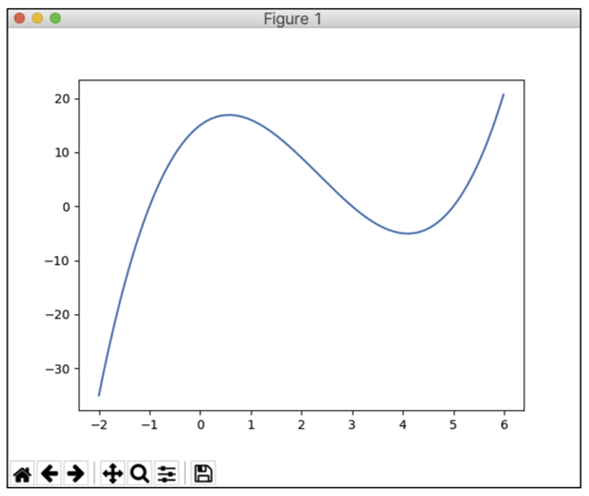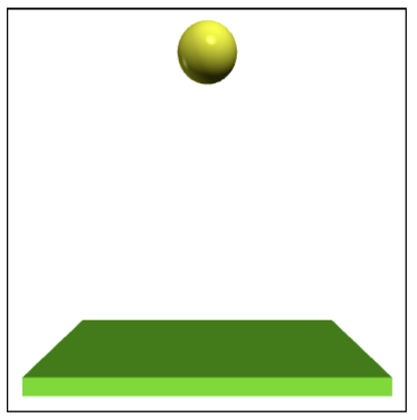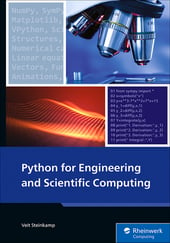Let’s take a look at the capabilities and features of the module concept in Python; we’ll describe five scientific computing modules in a keyword-like manner.
Instead of module, the terms library or software library are also commonly used. The capabilities of Python are best illustrated by using short sample programs. Of course, you don’t need understand the source code shown in this blog post. This is just to introduce you to the different modules.
NumPy
The NumPy module (numerical Python) enables you to perform extensive numerical calculations. For example, you can solve linear systems of equations, even with complex numbers. Below shows a simple vector calculus program.
01 import numpy as np
02 A=np.array([1, 2, 3])
03 B=np.array([4, 5, 6])
04 print("Vector A:",A)
05 print("Vector B:",B)
06 print("Total A+B:",A+B)
07 print("Product A*B:",A*B)
08 print("Cross product :",np.cross(A,B))
09 print("Scalar product:",np.dot(A,B))
Output
Vector A: [1 2 3]
Vector B: [4 5 6]
Total A+B: [5 7 9]
Product A*B: [ 4 10 18]
Cross product : [-3 6 -3]
Scalar product: 32
Matplotlib
The Matplotlib module allows you to display mathematical functions, histograms, and many other diagram types as well as to simulate and animate physical processes. The graphical design options are remarkably diverse and rich in detail. Below shows a simple example of the function plot of a polynomial.
01 import numpy as np
02 import matplotlib.pyplot as plt
03 x=np.arange(-2,6,0.01)
04 y=x**3-7*x**2+7*x+15
05 plt.plot(x,y)
06 plt.show()
Output
This figure shows the output of the function plot.

SymPy
Using SymPy (symbolic Python), you can calculate integrals or derivatives symbolically or solve differential equations symbolically. A simplification of mathematical terms is also possible (and much more). The code below shows a simple example of symbolic differentiation and integration.
01 from sympy import *
02 x=symbols("x")
03 y=x**3-7*x**2+7*x+15
04 y_1=diff(y,x,1)
05 y_2=diff(y,x,2)
06 y_3=diff(y,x,3)
07 Y=integrate(y,x)
08 print("1. Derivative:",y_1)
09 print("2. Derivative:",y_2)
10 print("3. Derivative:",y_3)
11 print(" Integral :",Y)
Output
- Derivative: 3*x**2 - 14*x + 7
- Derivative: 2*(3*x - 7)
- Derivative: 6
Integral : x**4/4 - 7*x**3/3 + 7*x**2/2 + 15*x
SciPy
SciPy (scientific Python) allows you to numerically differentiate, integrate, and numerically solve systems of differential equations. SciPy is as comprehensive as it is versatile. The capabilities of SciPy can only be partially described in this book. Below is a simple example of a numerical integration program.
01 import scipy.integrate as integral
02 def f(x):
03 return x**2
04 A=integral.quad(f,0,5)
05 print("Area A=",A[0])
Output
Area A= 41.66666666666666
VPython
Using VPython, you can display fields in a 3D view or even animate their movements in 3D space. As of version 7, the animations are displayed in the standard browser after the program starts. The final listing shows an example of how you can program the animation of a bouncing ball.
01 from vpython import *
02 r=1. #radius
03 h=5. #height
04 scene.background=color.white
05 scene.center=vector(0,h,0)
06 box(pos=vector(0,0,0),size=vector(2*h,r/2,h), color=color.green)
07 ball = sphere(radius=r, color=color.yellow)
08 ball.pos=vector(0,2*h,0) #drop height
09 ball.v = vector(0,0,0) #initial velocity
10 g=9.81
11 dt = 0.01
12 while True:
13 rate(100)
14 ball.pos = ball.pos + ball.v*dt
15 if ball.pos.y < r:
16 ball.v.y = -ball.v.y
17 else:
18 ball.v.y = ball.v.y - g*dt
Output
The figure below shows a snapshot of the animation.

Editor’s note: This post has been adapted from a section of the book Python for Engineering and Scientific Computing by Veit Steinkamp. Dr. Steinkamp studied electrical engineering and German to become a teacher and pass on his knowledge at vocational schools and technical colleges. He teaches electrical engineering, application development, and mechanical engineering technology. He has also taught theoretical electrical engineering and the fundamentals of electrical engineering.
This post was originally published 4/2024.




Comments